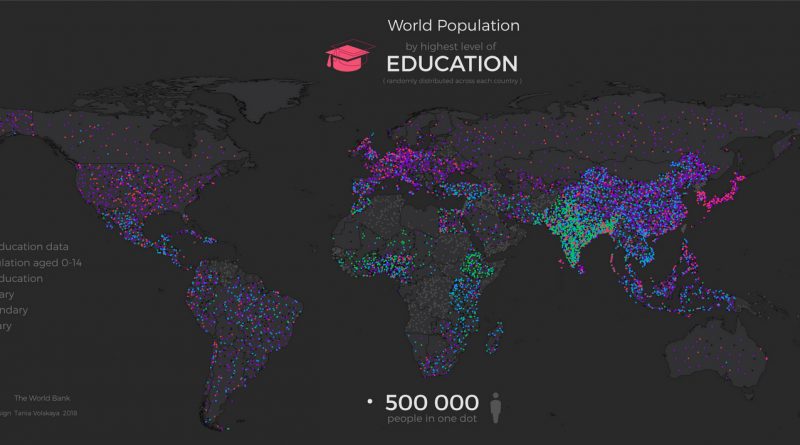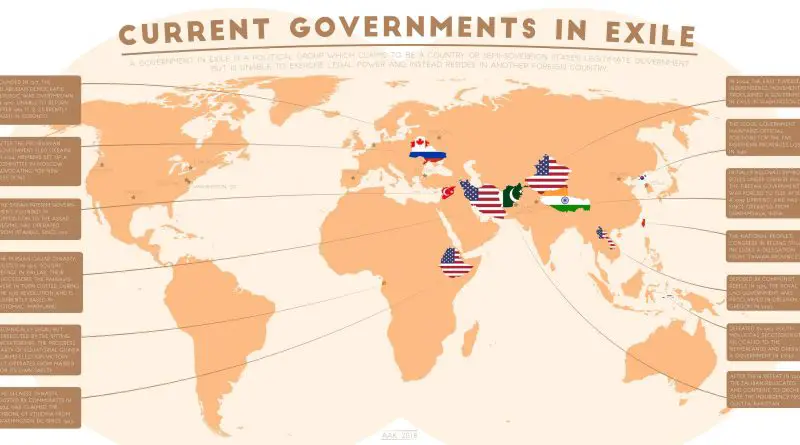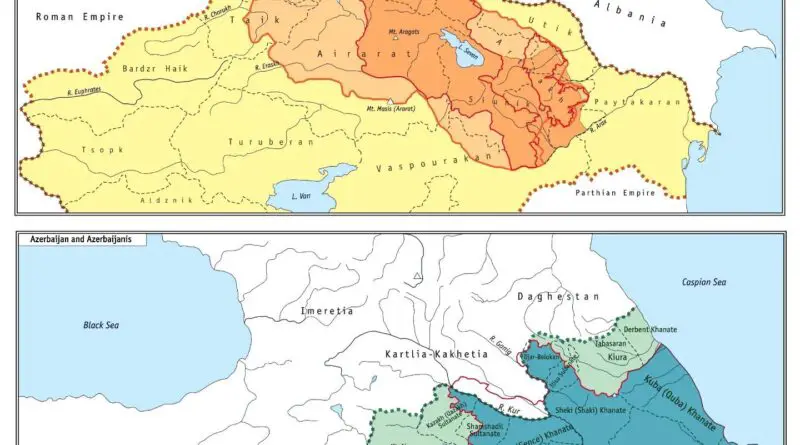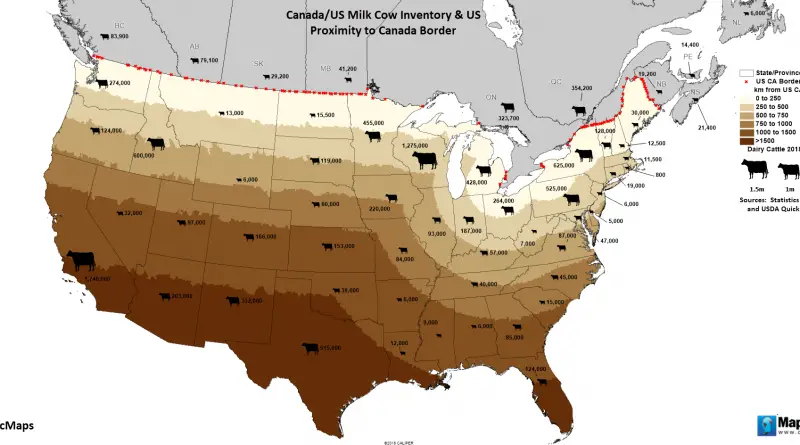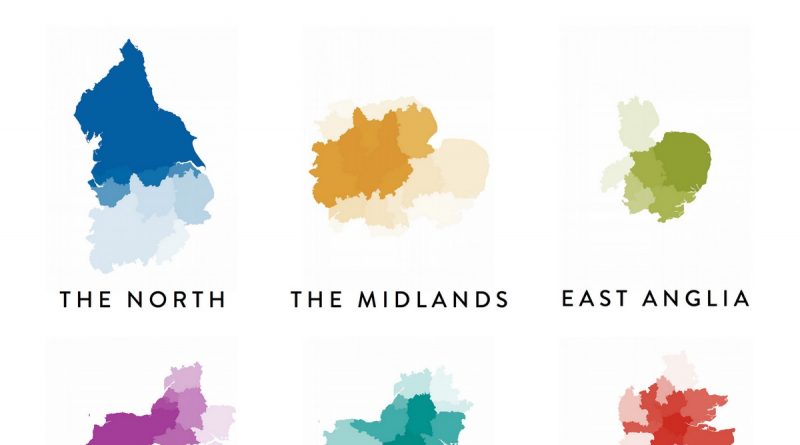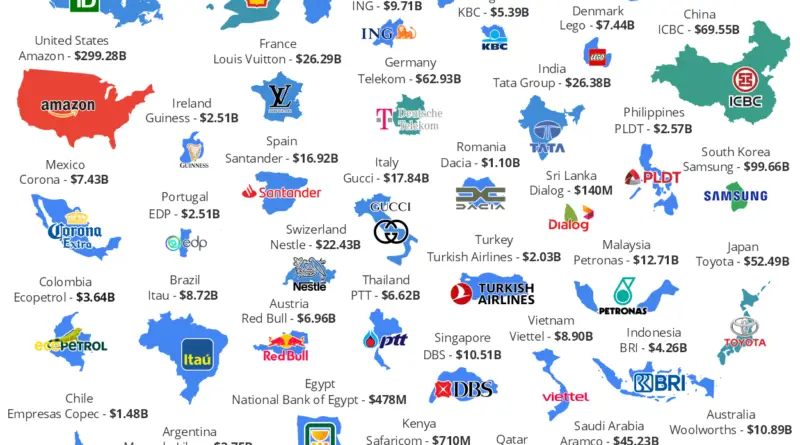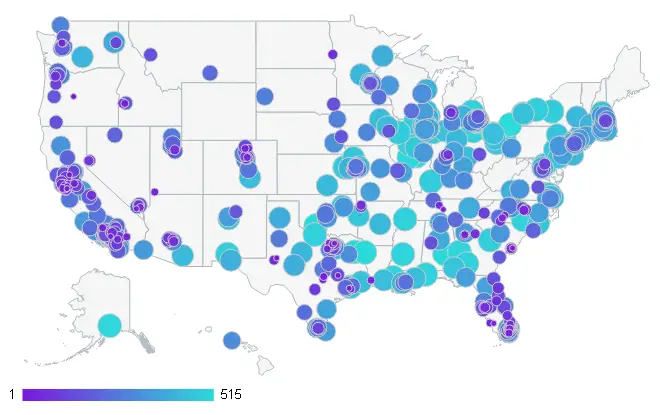America’s Favorite Halloween Candy
As Halloween approaches, the quest for the perfect treats begins. From classic chocolate bars to fruity delights, the options seem endless. Whether you prefer the nostalgia of candy corn or the irresistible combination of chocolate and peanut butter in Reese’s Peanut Butter Cups, there’s a Halloween candy for every taste. Join us as we explore the top ten Halloween candies in the US, each a beloved favorite that adds a touch of sweetness to this spooky season.
Read More


